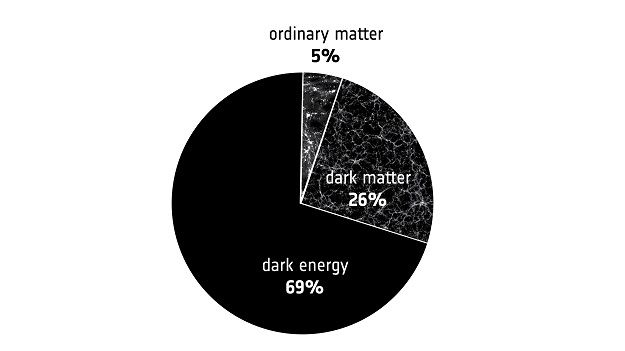Share This Article
General relativity has passed one of its most precise tests ever thanks to observations of the past 11 billion years of cosmic evolution collected by the Dark Energy Spectroscopic Instrument, or DESI.
Albert Einstein’s 1915 theory, general relativity, has remained humanity’s best description of gravity for the past 100 years. Cosmologists have used general relativity to model how the cosmos has evolved — from its earliest moments to its current state — and shown how gravity brought together tiny clumps of matter to form vast galaxies as well as clusters of those galaxies. Yet, while general relativity has passed every test applied to it on relatively small scales, few tests have challenged it on very large scales.
Scientists have now performed one such large-scale test by using DESI. They observed almost 6 million galaxies and quasars, which are bright hearts of galaxies powered by feeding supermassive black holes. Perhaps unsurprisingly, this test, which has traced the evolution of the universe since it was around 3 billion years old, has once again shown general relativity to be the right “recipe” for gravity.



